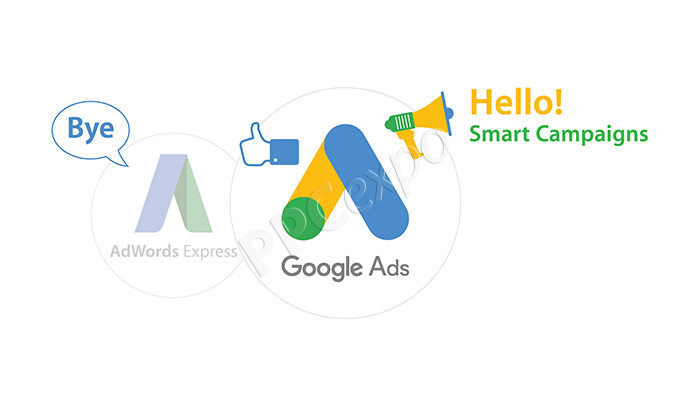Creating a successful Google Ads campaign requires careful planning and execution. By following the steps below, you can create a campaign that drives more traffic to your website and increases conversions, all while also being SEO-friendly.
- Define your goals :- The first step in creating a successful Google Ads campaign is to define your goals. Consider what you want to achieve with your campaign, such as increasing website traffic, generating leads, increasing sales, or promoting brand awareness. Clearly defining your goals will help you create a more effective campaign that aligns with your overall business objectives.
- Conduct keyword research Keyword research is a critical aspect of both SEO and Google Ads campaigns. Identify the keywords and phrases that your target audience is searching for using tools like Google’s Keyword Planner or other keyword research tools. Use these keywords in your ad headlines and descriptions to make them more relevant to your target audience’s search queries.
- Create compelling ad copy Your ad copy should be concise, clear, and compelling. Use the keywords you identified in your keyword research in your ad headlines and descriptions. Be sure to highlight the benefits of your product or service and include a strong call-to-action that encourages users to click on your ad and visit your website. By creating compelling ad copy, you can improve your ad’s click-through rate and increase the likelihood of conversions.
- Use ad extensions Ad extensions are additional pieces of information that can be added to your ad, such as phone numbers, addresses, and site links. Ad extensions can improve your ad’s visibility and provide users with more information about your business. Use relevant ad extensions that align with your campaign goals to increase the likelihood of clicks and conversions, while also providing users with additional information that can improve your website’s SEO.
- Set your targeting options Google Ads offers a variety of targeting options to help you reach your desired audience. Target your ads based on location, language, device type, and audience demographics. Use the targeting options that align with your campaign goals and target your ads to users who are most likely to convert. By targeting the right audience, you can improve your ad’s relevance and increase the likelihood of conversions.
- Set your bidding strategy Your bidding strategy determines how you pay for clicks on your ads. Google Ads offers a variety of bidding strategies, such as cost-per-click (CPC), cost-per-thousand-impressions (CPM), and cost-per-acquisition (CPA). Choose the bidding strategy that aligns with your campaign goals and budget. By setting a bidding strategy that aligns with your budget, you can ensure that your campaign remains profitable, while also driving traffic to your website that can improve your website’s SEO.
- Monitor and optimize your campaign Monitoring your campaign’s performance is critical to its success. Regularly check your campaign’s performance metrics, such as click-through rate (CTR), conversion rate, and cost-per-click (CPC). Use this data to optimize your campaign by adjusting your targeting options, ad copy, and bidding strategy. By regularly optimizing your campaign, you can improve its performance and increase its profitability, all while also driving more traffic to your website that can improve your website’s SEO.
- Test and iterate To continually improve the performance of your Google Ads campaign, it’s important to test and iterate. Try different ad copy, targeting options, and bidding strategies to see what works best for your target audience. Use the data you collect to make informed decisions about how to improve your campaign and achieve better results. By continually testing and iterating, you can ensure that your campaign remains relevant and effective, while also driving traffic to your website that can improve your website’s SEO.

